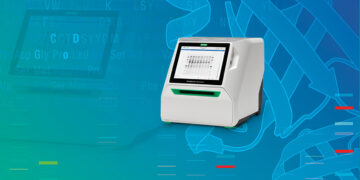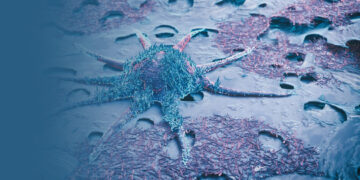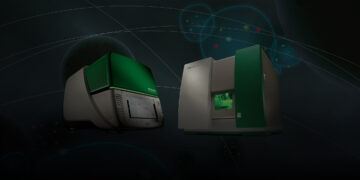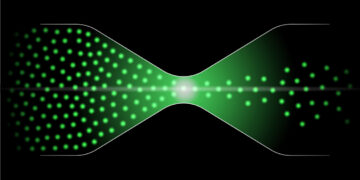
Introducing the ChemiDoc Go Imaging System: Modern Gel and Western Blot Imaging

Enhancing Biotherapeutic Purification Workflows with Mixed-Mode Chromatography

Assay Controls and Reference Gene Selection are Essential Elements of Your Real-Time PCR Reactions

More to Learn from ESR1 Using ctDNA Analysis
BioRad.io Podcast Series

Faster PCR and Flow Cytometry Highlighted in Annual Lab Automation Roundup

Unlocking the Potential of Cell and Gene Therapies: Overcoming Production Challenges

Maximize Genomic Insights by Combining Molecular Profiling Methods

Flow Cytometry and the Law of Bottlenecks


